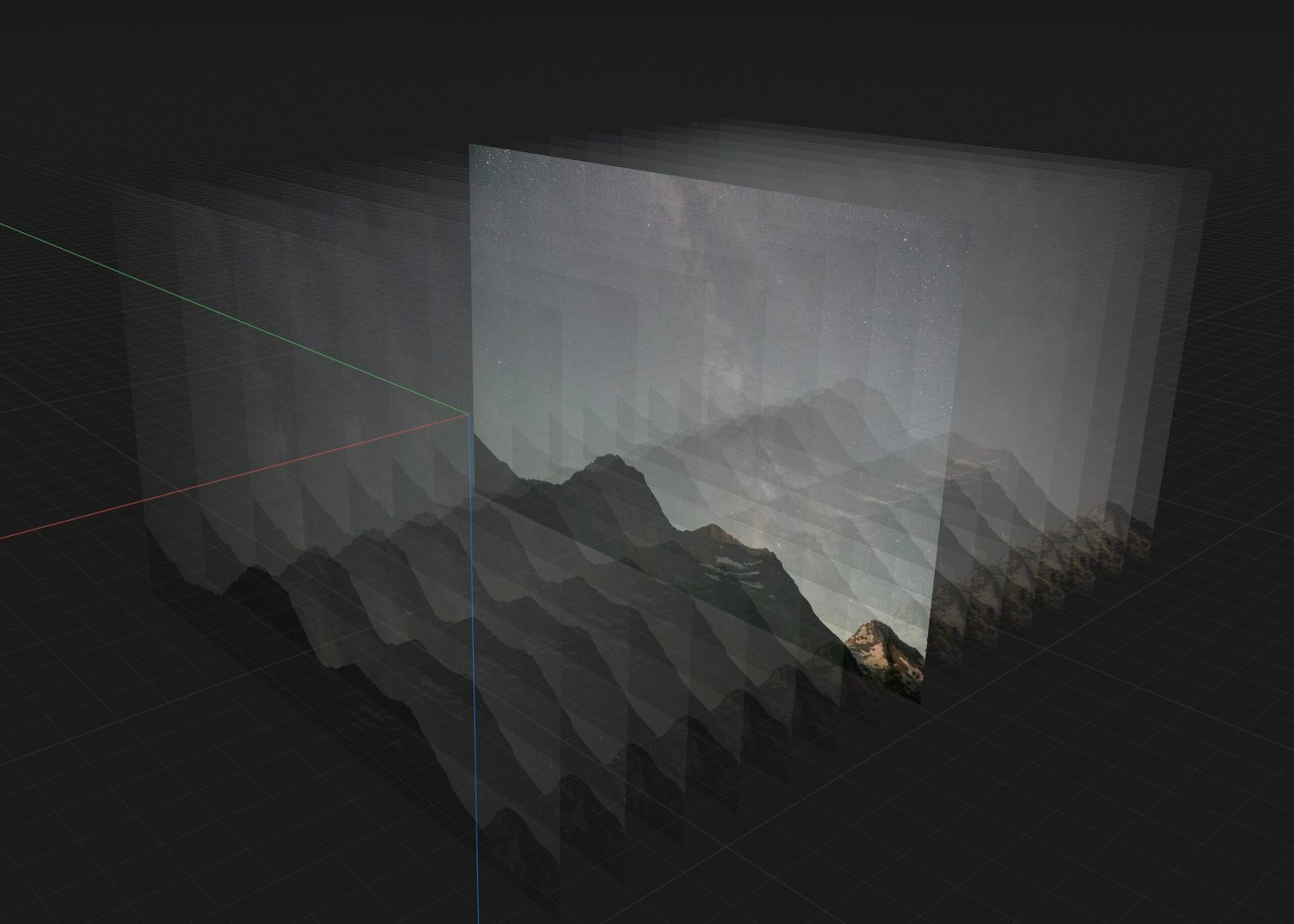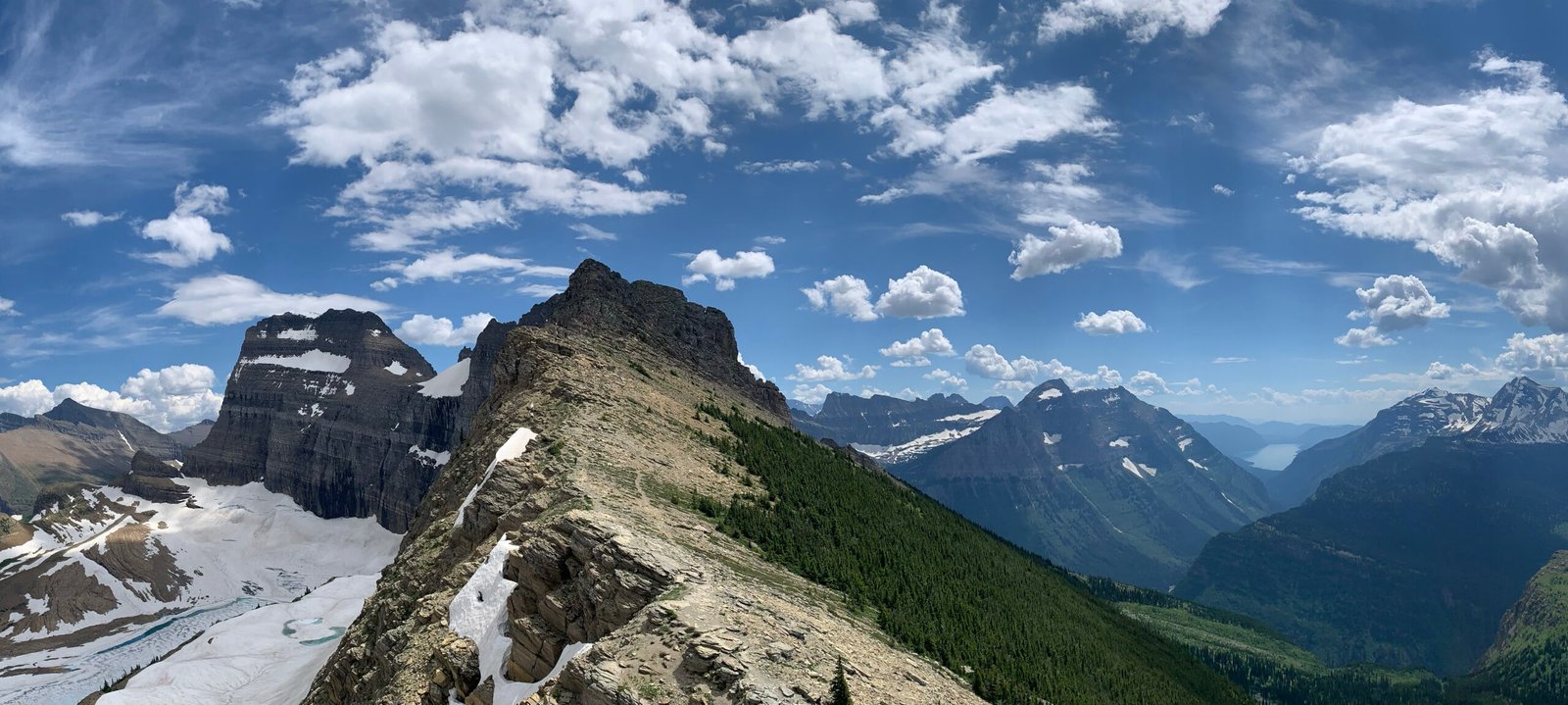Glacier National Park’s back country offers a pristine wilderness experience with over 700 miles of trails, rugged mountains, and diverse ecosystems. This vast, untamed landscape provides opportunities for multi-day backpacking trips, challenging hikes, and encounters with wildlife in their natural habitat. From the iconic Garden Wall to remote alpine lakes, the back country of Glacier National Park is a paradise for adventurers seeking solitude and natural beauty.
What Are the Must-Visit Trails in Glacier National Park’s Back Country?

Glacier National Park’s back country boasts an extensive network of trails that cater to various skill levels and preferences. Here are some of the most notable trails:
- The Garden Wall
- Length: 24.1 km (15 miles)
- Elevation Gain: 1,041 m (3,415 ft)
- Difficulty: Hard
-
Highlights: Scenic views of the Garden Wall, access to Grinnell Glacier
-
Pitamakan-Dawson Loop
- Length: 30.3 km (18.8 miles)
- Elevation Gain: 958 m (3,143 ft)
- Difficulty: Hard
-
Highlights: Passes over Dawson and Pitamakan Passes, lakes, creeks, wilderness views
-
North Circle Trail
- Length: 89.3 km (55.5 miles)
- Elevation Gain: 4,026 m (13,209 ft)
- Difficulty: Very Challenging
-
Highlights: Multi-day hike covering significant portions of the park’s back country
-
Gunsight Pass Trail
- Length: 32 km (20 miles)
- Duration: 2-3 days
- Difficulty: Challenging
-
Highlights: Jackson Glacier Overlook, Reynolds Creek Valley, Gunsight Lake, 2017 burn area
-
Boulder Pass Trail
- Length: 39.6 km (24.6 miles)
- Elevation Gain: 968 m (3,176 ft)
- Difficulty: Challenging
-
Highlights: Remote areas, scenic views, less crowded
-
Extended Highline Trail
- Length: 61.8 km (38.4 miles)
- Elevation Gain: 3,035 m (9,957 ft)
- Difficulty: Very Challenging
- Highlights: Logan Pass to Granite Park Chalet, spectacular views
How to Obtain Backcountry Permits and What Are the Camping Requirements?


Securing a backcountry permit for Glacier National Park requires careful planning and understanding of the park’s regulations:
Permit System
- 70% of permits available for advanced reservation starting March 15th
- 30% available for walk-ups on the day of or the next day
- Highly competitive lottery system
- Cost: $7 per person per night
Camping Regulations
- Campsites must be reserved through the permit system
- Mandatory safety class attendance before trip commencement
- Permit pickup at a ranger station required
Tips for Securing Permits
- Apply for multiple itinerary options to increase chances
- Be flexible with dates and routes
- Consider less popular areas for better permit availability
What Essential Gear Is Needed for Backcountry Camping in Glacier National Park?
Proper gear is crucial for a safe and enjoyable backcountry experience in Glacier National Park. Here’s a comprehensive list of essential items:
| Category | Items |
|---|---|
| Shelter | Lightweight tent, tarp, or bivy sack |
| Sleeping | Sleeping bag rated for alpine conditions, sleeping pad |
| Clothing | Moisture-wicking base layers, insulating mid-layers, waterproof outer layers |
| Footwear | Sturdy hiking boots, camp shoes |
| Navigation | Topographic map, compass, GPS device (with spare batteries) |
| Safety | Bear spray, bear-resistant food container, first aid kit, emergency shelter |
| Hydration | Water filter or purification system, water bottles or hydration bladder |
| Cooking | Lightweight stove, fuel, cookware, utensils |
| Food | High-energy, lightweight meals and snacks |
| Miscellaneous | Headlamp, multi-tool, fire starter, sun protection, insect repellent |
What Are the Best Practices for Wildlife Safety in the Backcountry?
Encountering wildlife is a thrilling aspect of backcountry exploration, but it’s essential to prioritize safety:
- Bear Safety
- Carry bear spray and know how to use it
- Make noise while hiking to avoid surprising bears
- Store food and scented items in bear-resistant containers
-
Cook and eat away from your campsite
-
Other Wildlife Precautions
- Observe wildlife from a safe distance
- Never feed or approach animals
-
Be aware of signs of wildlife presence (tracks, scat, etc.)
-
Campsite Selection
- Choose established campsites when possible
-
Avoid camping near animal trails or water sources
-
Food Storage
- Use bear-resistant food lockers where provided
- Hang food at least 10 feet high and 4 feet from tree trunks when lockers are unavailable
How to Navigate Safely in Glacier National Park’s Backcountry?
Effective navigation is crucial for a safe backcountry experience:
- Map and Compass Skills
- Always carry a detailed topographic map and compass
-
Know how to orient the map and take bearings
-
GPS Usage
- Use a GPS device or smartphone app as a supplement to map and compass
-
Download offline maps before your trip
-
Trail Markers and Landmarks
- Familiarize yourself with trail blazes and markers used in the park
-
Use prominent natural features for orientation
-
Weather Awareness
- Check weather forecasts before and during your trip
-
Be prepared to alter your route in case of severe weather
-
Leave No Trace
- Stay on designated trails to prevent erosion and protect vegetation
- Avoid creating new trails or shortcuts
What Are the Emergency Procedures for Backcountry Hikers?
Being prepared for emergencies is crucial when venturing into Glacier National Park’s backcountry:
- Communication Devices
- Carry a personal locator beacon (PLB) or satellite messenger
-
Know how to use your device to signal for help
-
Emergency Contacts
- Leave a detailed itinerary with a trusted person
-
Know the park’s emergency contact numbers
-
First Aid
- Carry a comprehensive first aid kit
-
Know basic wilderness first aid techniques
-
Emergency Shelter
- Always carry emergency shelter (e.g., space blanket, bivy sack)
-
Know how to construct an improvised shelter
-
Signaling for Help
- Carry a whistle and signal mirror
- Know ground-to-air signals for rescue situations
By following these guidelines and thoroughly preparing for your backcountry adventure, you can safely explore the breathtaking wilderness of Glacier National Park’s back country. Remember to always prioritize safety, respect the environment, and be prepared for the unexpected in this rugged and beautiful landscape.
References:
1. https://www.cleverhiker.com/backpacking/glacier-national-park-backpacking-guide/
2. https://www.10adventures.com/backpacking/glacier-national-park/
3. https://www.alltrails.com/parks/us/montana/glacier-national-park/backpacking